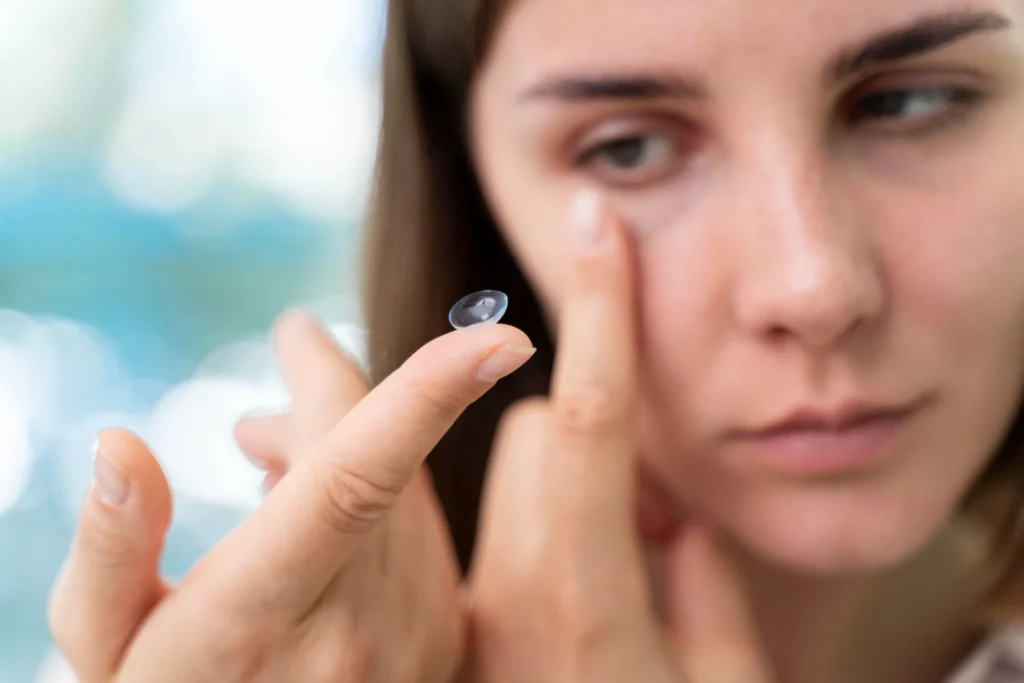Good eyesight is crucial for any human being to accomplish daily life tasks successfully. A very conventional method to define visual sense is a particular measurement referred to as 20/20 vision.
Having knowledge of that, many of you might still think about what does 20/20 vision mean and how it is measured.
Well, you came in at the right time!
Before understanding it, you must know that visual acuity is a term that describes how sharp a distant or near object is. It is a procedure that tests how far one can see, just like normal vision. The Snellen chart is the most used eye chart here. One can typically identify visual acuity by using an eye chart or by a comprehensive eye exam.
Decoding the 20/20 Measurement
To comprehend the meaning of the 20/20 term, we must examine and untangle its elements and meanings. Let’s dig deeper into the meaning of the specification 20/20, describing how it is measured and what it exactly represents in the context of visual acuity.
Understanding the Components
The 20/20 ratio of numbers on both sides of the slash is the basis of the 20/20. The first number in the chart gives the distance at which the eye chart is viewed during the vision test, a traditional 20-foot distance in the United States.
The human body is continuously exposed to various environmental factors that can affect its ability to function. These factors can be stress, toxins, or even poor nutrition.
The second number in the measuring stands for the vision distance of a person with normal eyesight reading the same line on the eye chart. So, 20/20 vision is a milestone that indicates a person sees at 20 feet, which is something that a person with normal vision would see.
If their prescription shows as 20/40, it means that what a normal eye can see from 20 feet, a person with 20/40 can see from 40 feet, and so on.

Interpreting 20/20 Vision Results
Knowing the significance of 20/20 vision is a lot more than just the measurement. Different from vision impairments, 20/20 vision is a phrase that describes the most common outcome when it comes to visual acuity.
What does 20/20 vision mean?
It is said that an individual is considered to have 20/20 vision when a person clearly sees objects at a 20 ft. distance, precisely the same as individuals with “normal” vision who see objects at the said distance.
In short, they are able to see as well as an average person does. However, they are not known to have superior or inferior visual acuity compared to the average person. So, you have to keep in mind that normal vision of 20/20 doesn’t mean “best” vision.
Implications of 20/20 Vision
- Good Distance Vision: As for those people whose vision is 20/20 they usually see at a distance quite clearly, and they do that even if they are not close to the object.
- Normal Visual Acuity: 20/20 is a measurement that becomes the standard for normal visual acuity. It indicates that the eyes can focus light accurately on the retina.
- Accuracy in Daily Tasks: Individuals with a 20/20 vision can quickly go about their daily routine, look at the road signs, watch TV, and drive without any significant vision problems.
Get the Best Eye Care Experience with Vision Gallery
With Vision Gallery, we respond to your specific eye care needs, helped by comprehensive services. If you need a routine eye checkup, are curious about or would like to explore options with corrective lenses such as glasses or lenses, or you are concerned about any vision changes, our team of experienced optometrists will be happy to provide you with the best professional care. Contact us today to book an appointment.






